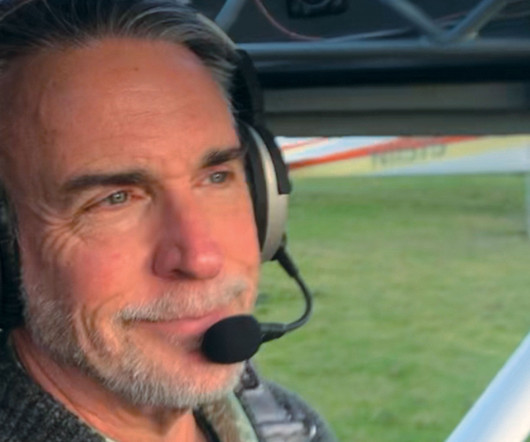Air pressure and density
Professional Pilot
JULY 7, 2025
By Karsten Shein Comm-Inst Climate Scientist QNE, QNH, and QFE describe different altitudes for different phases of flight, but also serve as pressure altitude (QNE) or density altitude (QNH). Conversely, lower density reduces drag, because the aircraft surface encounters fewer molecules.











Let's personalize your content